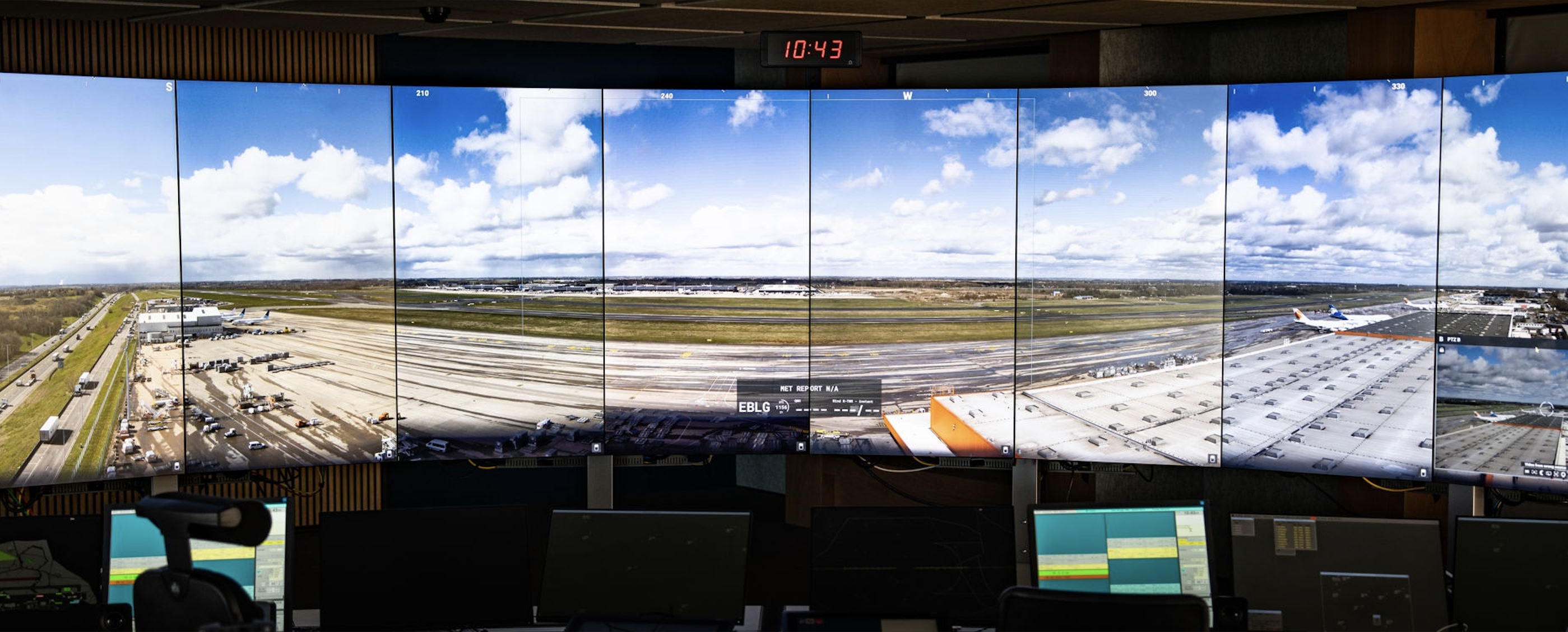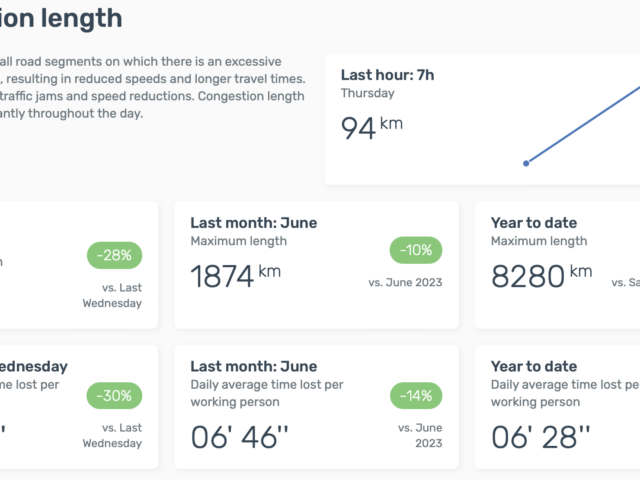
Flemish regional airports get one digital control tower

Skeyes bets on digital control towers and also has a new management agreement with the government /Skeyes
Air traffic controller Skeyes is also preparing a digital control center in Flanders, which will serve the airports of Antwerp, Ostend, and


Comments
Ready to join the conversation?
You must be an active subscriber to leave a comment.
Subscribe Today